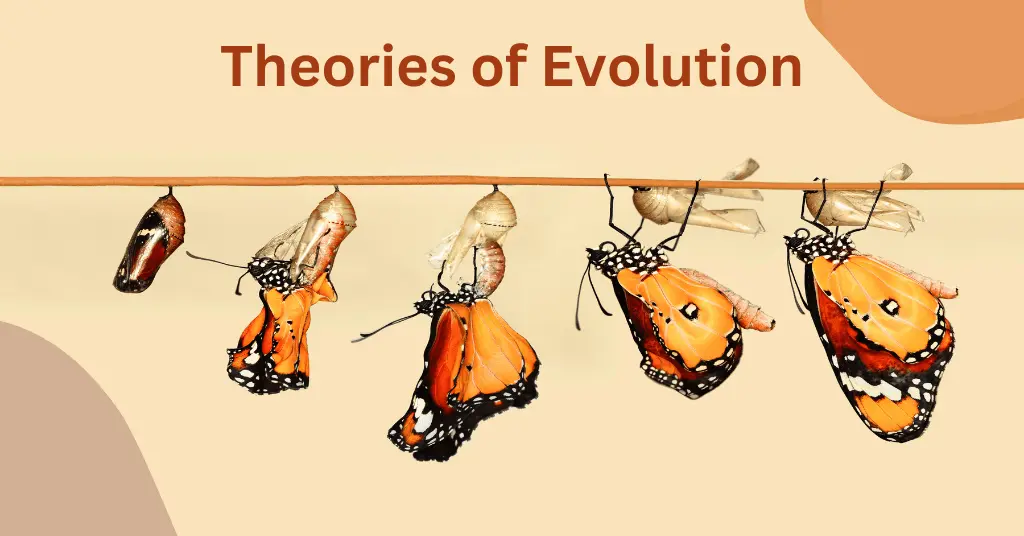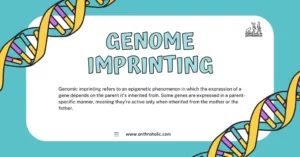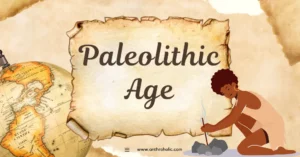AI Answer Evaluation Platform Live Now. Try Free Answer Evaluation Now
Theories of Evolution
Theories of evolution attempt to explain how species have changed over time and how new species arise. These theories help us understand the biological diversity we see today and have been shaped by a variety of scientific disciplines, including genetics, paleontology, and molecular biology.

Lamarck’s Theory of Inheritance of Acquired Characteristics
Lamarck’s theory posits that traits acquired during an organism’s lifetime are passed on to its offspring. He believed that organisms change in response to their environment and that these changes are inherited by their offspring. This is known as the inheritance of acquired characteristics. Lamarck’s theory also proposed that organisms evolve over time to become more complex and perfect. He suggested that the use or disuse of certain organs could lead to changes in their size or strength over generations. While Lamarck’s theory was widely accepted during his time, it was later replaced by Darwin’s theory of natural selection, which provided a more comprehensive explanation for the mechanism of evolution.
Darwin’s Theory of Natural Selection
Charles Darwin’s Theory of Natural Selection posits that within a population, individuals with advantageous traits are more likely to survive and reproduce, passing on those traits to their offspring. Over time, this leads to the accumulation of favorable traits in a population, resulting in evolution. Natural selection is driven by four main factors: variation, inheritance, overproduction, and differential reproductive success. The theory of natural selection is supported by a wealth of evidence, including observations of artificial selection, the fossil record, and the distribution of living organisms around the world. It remains a cornerstone of modern evolutionary theory.
Modern Synthetic Theory
The Modern Synthetic Theory, also known as Neo-Darwinism, combines Darwin’s theory of natural selection with genetics and molecular biology. It states that genetic mutations, genetic drift, gene flow, and natural selection are the driving forces behind evolution. The theory also emphasizes the role of gradual change in the formation of new species. It incorporates concepts such as genetic variation, inheritance, and population genetics to explain how evolution occurs. The Modern Synthetic Theory is widely accepted among biologists and has greatly advanced our understanding of evolution. However, it has also faced criticism for neglecting other mechanisms of evolution, such as epigenetics and horizontal gene transfer.
Punctuated Equilibrium Theory
Punctuated Equilibrium Theory proposes that evolution occurs in rapid bursts, followed by long periods of stasis. This theory was proposed by Stephen Jay Gould and Niles Eldredge in the 1970s as an alternative to the traditional view of evolution as a slow and steady process. According to the theory, environmental factors can cause a population to experience rapid evolutionary changes, leading to the formation of new species in a relatively short period of time. The long periods of stasis occur when a species is well adapted to its environment and experiences little selective pressure for change.
Controversies and Current Developments
Controversies surrounding the theories of evolution mainly focus on the mechanisms of evolution, such as the role of genetic drift and the rate and patterns of evolution. Additionally, the debate between gradualism and punctuated equilibrium has not been completely resolved. In recent years, there has been a growing interest in the role of epigenetics and non-coding DNA in evolution. There has also been an increased understanding of the role of horizontal gene transfer in bacterial and viral evolution. The ongoing development of new technologies, such as genomic sequencing and CRISPR-Cas9 gene editing, is providing new insights into the mechanisms of evolution and the complexity of genetic systems.
Conclusion
Evolutionary theories continue to be refined, providing new insights into the diversity of life on Earth.
References
- Lamarck, J.B. (1809). Philosophie Zoologique. Paris: Dentu.
- Darwin, C. (1859). On the Origin of Species by Means of Natural Selection. London: John Murray.
- Dobzhansky, T. (1937). Genetics and the Origin of Species. New York: Columbia University Press.
- Eldredge, N., & Gould, S.J. (1972). Punctuated equilibria: An alternative to phyletic gradualism. In T.J.M. Schopf (Ed.), Models in Paleobiology (pp. 82-115). San Francisco: Freeman Cooper.
- Mayr, E. (1982). The Growth of Biological Thought: Diversity, Evolution, and Inheritance. Cambridge: Harvard University Press.
- Futuyma, D.J. (2005). Evolution. Sunderland, MA: Sinauer Associates




